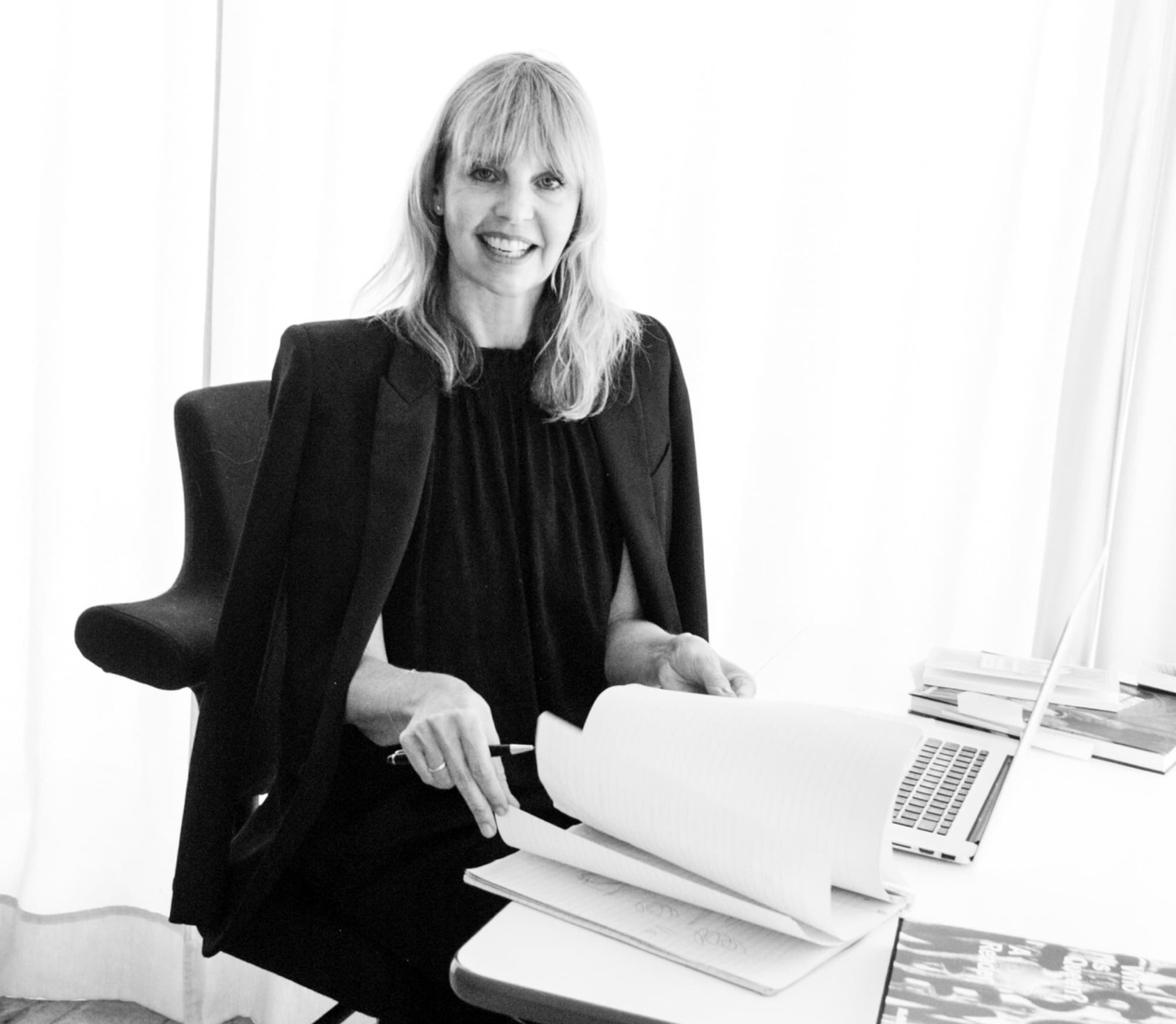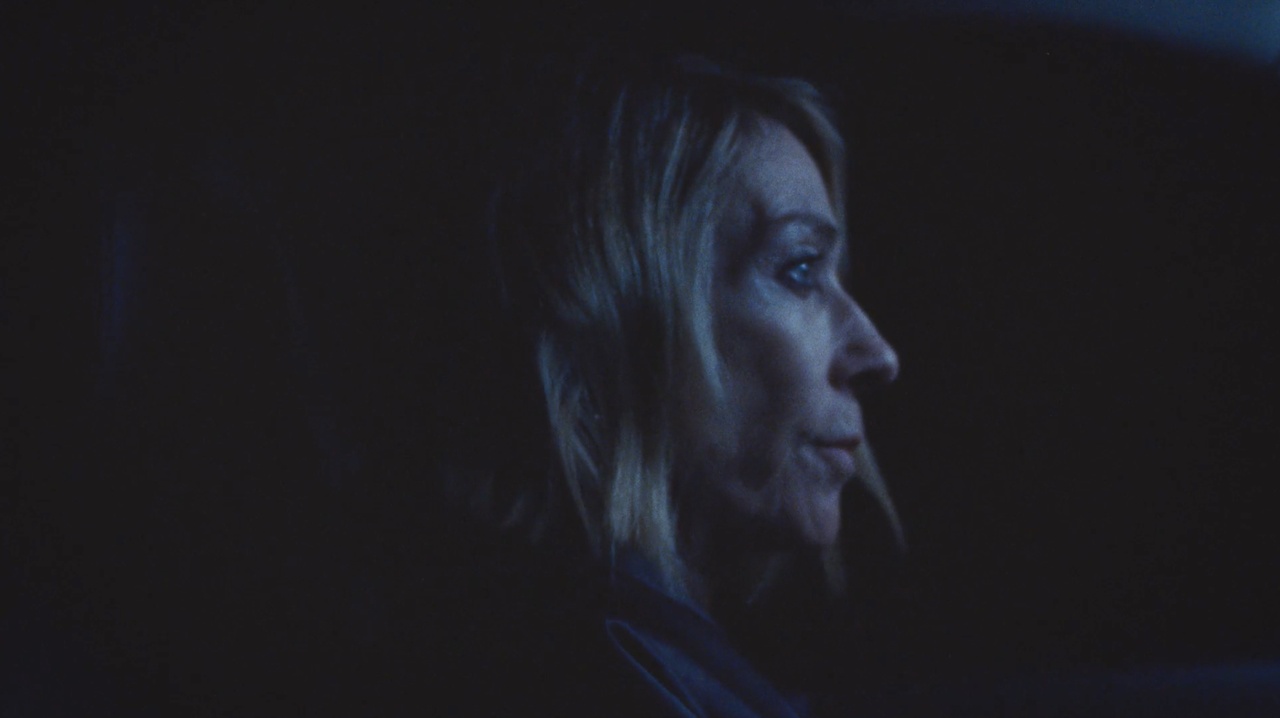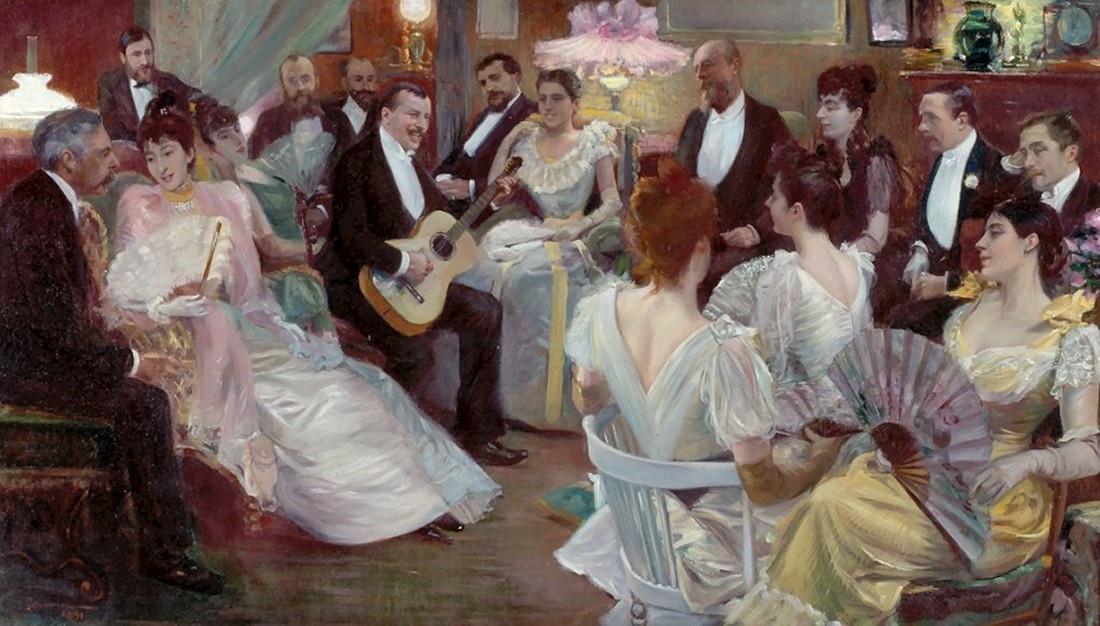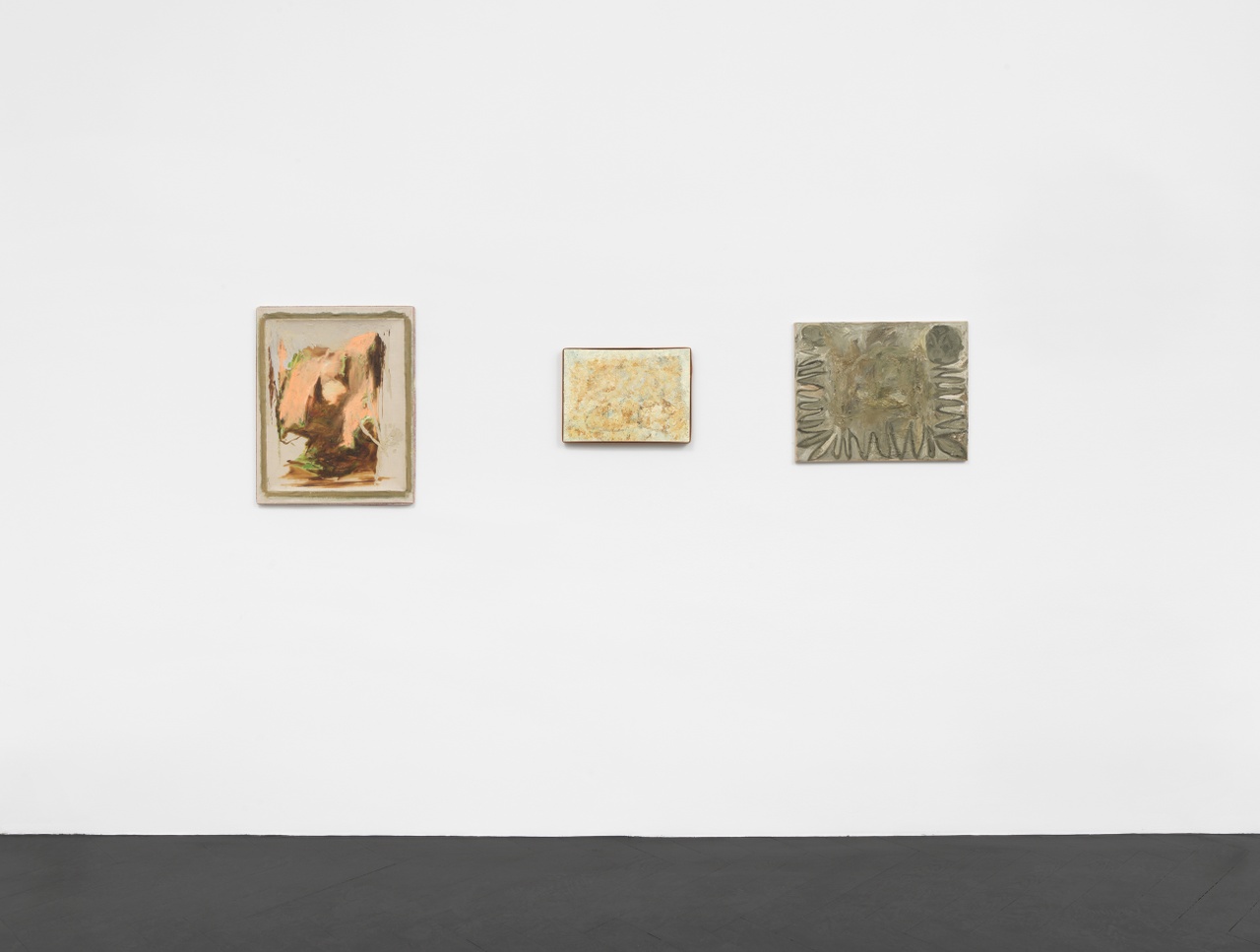KIM GORDON, LAURE MURAT, VERA PALME Seen & Read – by Isabelle Graw

Kim Gordon, Bye Bye

Kim Gordon, „BYE BYE“, 2024, Videostill
This music video, directed by Clara Balzary, was recently released in the run-up to Kim Gordon’s new album “The Collective,” which will be released in March. It revolves around themes such as parting and letting go. Aesthetically, it is reminiscent of Spike Lee’s early films, especially as Gordon – like Lee – uses a 1980s typeface for the video’s title sequence and credits. A melodrama in miniature follows: Gordon’s daughter Coco Gordon Moore plays the role of the young delinquent standing in for her mother, who breaks out of home, shoplifts, and eventually still calls her mom. My favorite scene comes at the end, when Kim Gordon picks up her daughter by car, but then lets her get out and walk away: The break with her own origins proves to be something that - having grown older - you also have to grant your own daughter. What I particularly liked about Bye Bye, besides the video, were the lyrics in the form of a packing list – “Contact solution, mascara, lip mask, eye mask.” Musically, this track is characterized by a continuous drone sound à la Sonic Youth, including distortion effects on top of the beats.
Kim Gordon, Bye Bye, 2024, Official Music Video
Laure Murat, Proust, roman familial

Pierre-Georges Jeanniot, „Une chanson de Gibert dans le salon de madame Madeleine Lemaire“, 1891
This captivatingly written book is a gift, not only for Proustians. Proust’s A la recherche du temps perdu is read here for the first time as an unsparing critique of the French aristocracy. Laure Murat looks to Proust for clues that will help her understand the milieu of her own origins, which she broke away from. Murat comes from a family of the French high nobility, and some of her ancestors frequented the salons described by Proust. Proust makes her realize that aristocrats practice a cult of form, in which they emphasize, for example, exaggeratedly polite manners and extremely formal speech. In the face of their de facto loss of power, they try to preserve their special status through such practices. Murat also realizes with the help of Proust that these forms ultimately remain empty and that they often conceal ruthlessness and brutality. Like him, she frequented this milieu as an outsider after revealing her homosexuality to her mother. Proust also helps her to understand why she was subsequently ostracized from her own family, describing homosexuality in Recherche as something that can only occur in the world of the nobility if it remains unspoken.
Laure Murat, Proust, roman familial, Éditions Robert Laffont, 2023
“Vera Palme: Immer realistischere Malerei”

„Vera Palme: Immer realistischere Malerei,“ Galerie Buchholz, Berlin, 2024, Ausstellungsansicht / installation view
I was immediately fascinated by this exhibition of Vera Palme’s work - and not just because of the skillfully reserved hanging of the paintings. Their crusty surfaces à la Jean Fautrier with their peculiarly “cheesy” coloring also keep me captivated. The “picture within a picture” subject runs through these paintings as a leitmotif: they have implied frames within themselves, as if they were distancing themselves from their content. Some of the paintings also have a frame painted on the side or covered with patterns, creating a tension between inside and outside. One example of this is A next life, whose graphically textured frame forms a stark contrast to the central image. The latter has a portrait-like, flesh-colored-brown formation in the middle, which sinks into a muddy light brown. What is immediately physically appealing here is simultaneously concealed and kept at a distance. In addition to pictures with crusty, painterly streaks that communicate with Fautrier’s Têtes d'Otages, there are also pictures such as Freewheeling (big cheese), whose surface exhibits a kind of 3D pointillism. According to a gallery employee, Palme’s “cheese paintings” refer to a still life by the Flemish painter Clara Peeters, whom I greatly admire. Titles such as Seasickness, Motion Sickness, or Simulation Sickness suggest that the blurriness and off-kilter colors of these paintings are part of the agenda and result from a perception that – perhaps crisis-relatedly – has lost its balance.
“Vera Palme: Immer realistischere Malerei”, Galerie Buchholz, Berlin, January 25 - March 2, 2024
Isabelle Graw is the cofounder and publisher of TEXTE ZUR KUNST and teaches art history and theory at the Hochschule für Bildende Künste – Städelschule in Frankfurt am Main. Her most recent publications include In Another World: Notes, 2014–2017 (Sternberg Press, 2020), Three Cases of Value Reflection: Ponge, Whitten, Banksy (Sternberg Press, 2021), and On the Benefits of Friendship (Sternberg Press, 2023).
Image credit: 1. Photo Rob Kulisek, 2. Courtesy of Clara Balzary; 3. Public domain; 4. Courtesy of Galerie Buchholz
